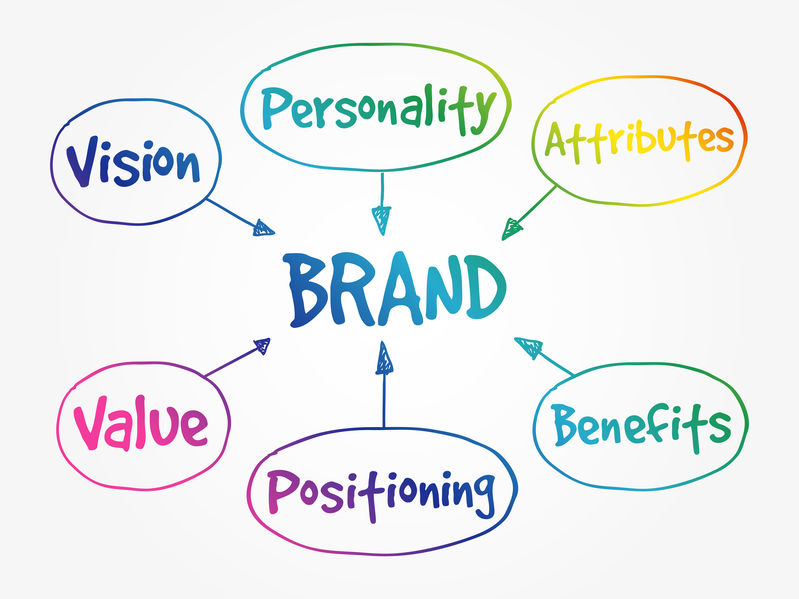A reputable and robust brand is essential to any company’s marketing arsenal. However, a brand is much more than an eye-catching logo and color scheme (although those are important too.) A brand represents the totality of who the company is as an organization. It captures and communicates the values it holds and shares with its stakeholders. In the simplest terms, a brand is what customers and prospects think of when they hear a company name. Complete the following fill-in-the-blanks to help you ask the right questions and guide well-informed brand decisions.
Creating a Brand Guide
Start with the big questions first. Don’t be one of those companies or entities that lets your logo and slogan drive your brand style guide. Instead, first consider how you want your clients to feel, interact with and understand your company. From there, you’ll understand how to structure those elements into a stylized brand to start building brand equity.
The Fill-in-the-Blank Process
“Three adjectives that capture the personality of our company are __________, ___________ and ___________.”
Identify at least three words you want your company to be associated with that represents and captures your company’s personality. These words will evolve from your company’s product, culture and values. In turn, they communicate to prospects and customers what it’s like to work with your organization. They will determine the voice and tone with which your company communicates. For example, “fun, friendly and cutting-edge” conjure up images that will communicate and look differently than “professional, upscale and traditional.” You will discover that these adjectives play a part in your written and visual content, your internal culture and your company’s mission.
Identify the Ideal Client
“The profile of my ideal client is _________, __________ and ____________.”
Many B2B companies believe that their services can be utilized by any type of company. This may be true, but identifying an ideal customer can help you narrow your marketing and brand scope. Options to consider include geographic region, company size, budget and industry. Making sure your products and services deliver on a known need, challenge or pain point helps focus marketing, communications and business-development efforts.
Connect on an Emotional Level

“We want our clients to feel __________ when they interact with our company.”
The emotions and sensations your clients have when interacting with any facet of your organization make a huge impact on its success. In fact, 50 percent of B2B buyers are more likely to make a purchase if they connect to a brand on an emotional level. By considering this outcome from the get-go, your content and brand will be guided by its impact and perception, not just how it looks. Do you want your customers to feel understood? Important? Educated and informed? These answers will have a lot to do with your company’s mission and vision, and will play a part in the customer experience as much as the satisfaction with your products and services.
Color Scheme
“Three colors associated with our firm are__________, ___________ and ___________.”
A color scheme has more power than you may think. Color plays a vital part in an individual’s emotional and psychological reaction to a situation. It will play a major role in website, logo and visual content design. Warmer tones like yellow, orange and red convey energy, enthusiasm and creativity. The cooler shades like blue and purple communicate trust, professionalism and reliability. It’s vital to maintain a consistent color scheme throughout your marketing so prospects and clients can recognize you. Choose just a few key colors for your brand and use them throughout your website and other marketing materials.
Flesh Out the Details

Once you’ve determined answers to these questions, you will have a brand skeleton or framework with which to work. With this information as your guide, flesh out the details of your brand and style. Important areas to consider include:
- Consistent fonts across all channels
- Pantone, CMYK, RGB and HEX values for your brand color scheme
- A distinct and recognizable logo in a variety of formats
- Editorial guidelines for textual content creators
- Graphic guidelines for visual content creators
- Tone and voice in external and internal communications.
Remember, these items are informed by your brand, not the other way around. By understanding that brand comes before style, you’ll create and perpetuate a clear and value-driven company that connects with its clients and target markets in meaningful ways.

